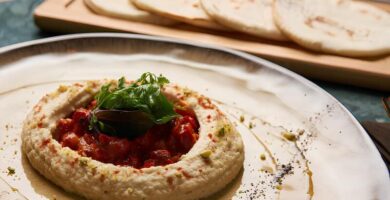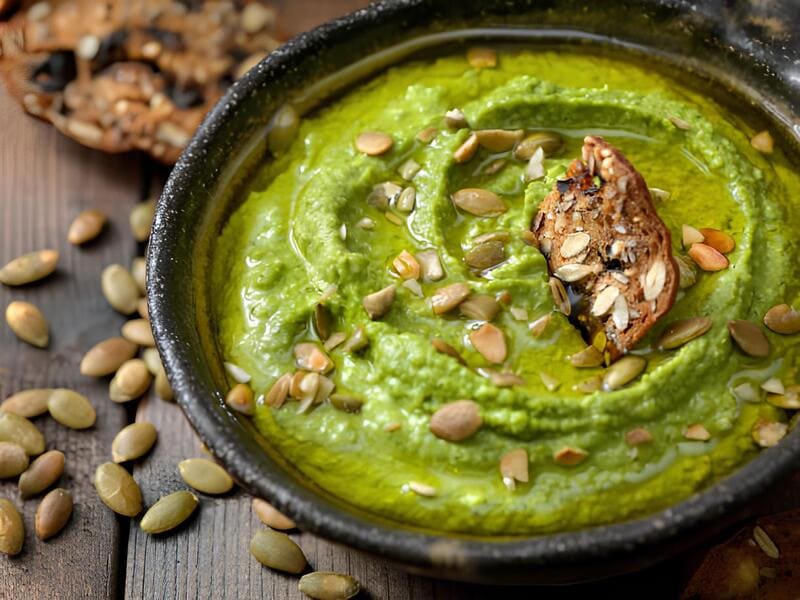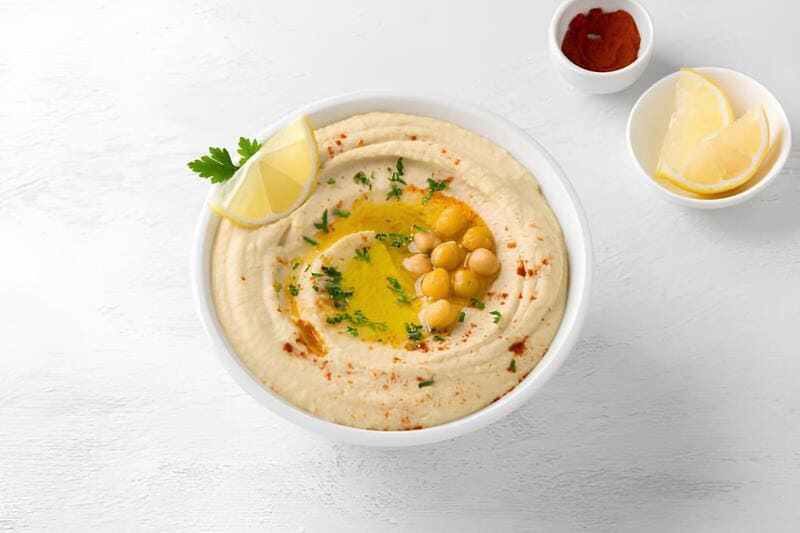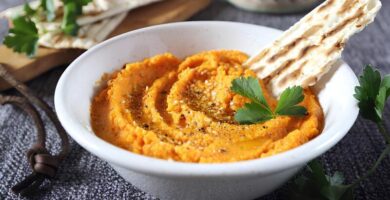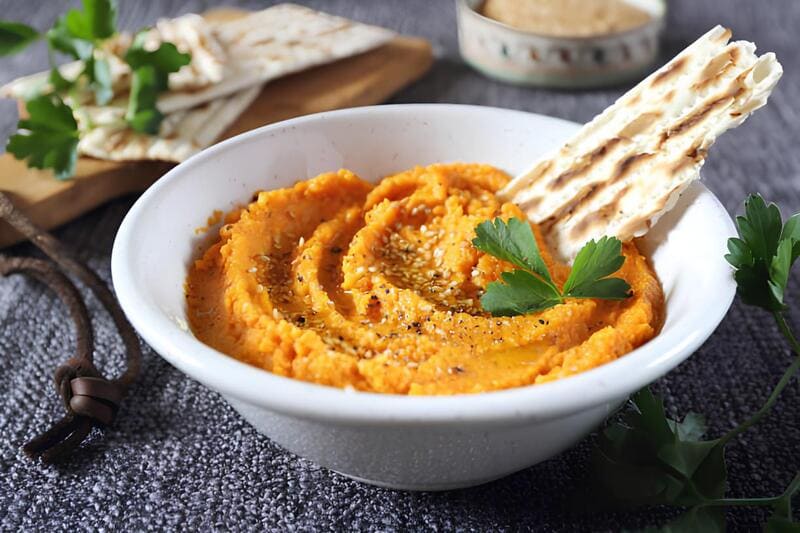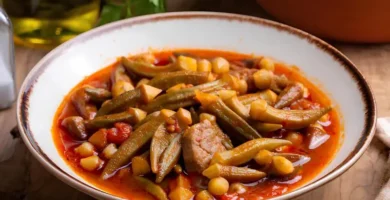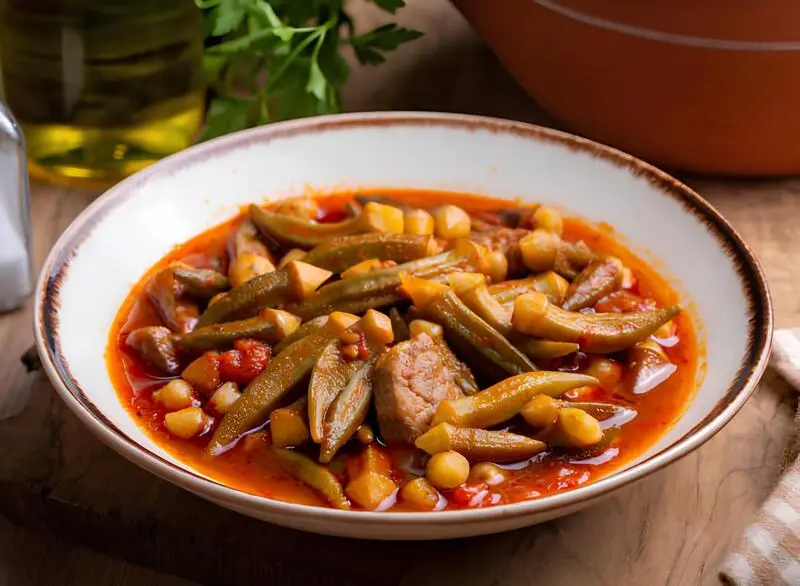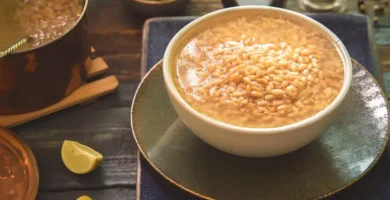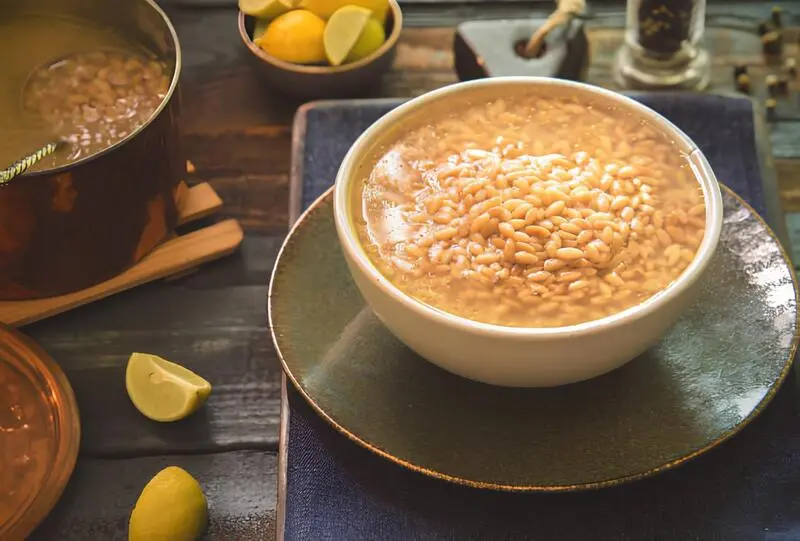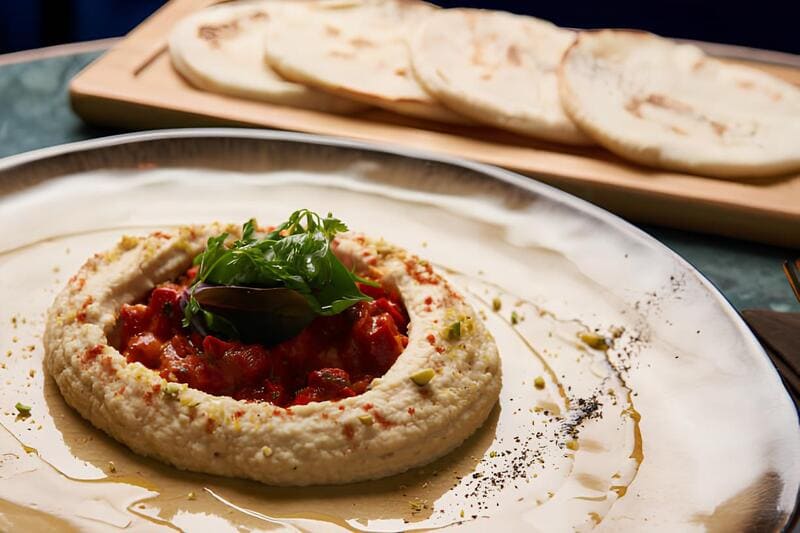
Pistachio hummus is a delightful twist on the traditional Middle Eastern dish, full of savory, nutty flavors. Perfect for a casual snack or an elegant appetizer, it offers a combination of creamy chickpeas and protein-rich pistachios, often enjoyed with pita bread or crunchy vegetables. Most popularly in Egypt, hummus is a staple in various meals due to its versatility and nutritious profile.
This healthy and tasty pistachio hummus recipe adds a unique flair with its subtle spiciness and rich texture, making it ideal for anyone looking for an easy and vegan snack. This version can also be made without tahini for those who prefer an alternative or are unable to find sesame paste. Let’s dive into this delicious creation!
Ingredients
- 1 can (15 oz) chickpeas (garbanzo beans), drained and rinsed
- 3 tablespoons water
- 2 cloves garlic
- 1/2 teaspoon salt
- 1/2 teaspoon cumin
- Juice of 1 lemon
- 1/4 teaspoon red chili flakes (optional)
- 3 tablespoons tahini (optional)
- 3 tablespoons shelled pistachios
- 1/4 cup olive oil
Preparation
- Place the chickpeas in a food processor.
- Add the water, garlic, salt, cumin, lemon juice, and red chili flakes.
- Add the tahini if using. If not using tahini, simply proceed to the next step.
- Add the shelled pistachios, reserving a few for garnish.
- Blend until roughly chopped, then gradually add the olive oil and blend until smooth or to your desired consistency.
- Transfer the hummus to a serving bowl.
- Garnish with the reserved pistachios and a drizzle of olive oil.
Did you know?
Hummus is not only known for its delightful taste but also for its significant nutritional benefits. The combination of chickpeas and pistachios provides a high amount of plant-based protein and healthy fats. Interestingly, pistachios have been cultivated in the Middle East for thousands of years and hold cultural importance in Egyptian cuisine.
If you want to make this recipe a bit spicier, you can increase the amount of red chili flakes or add a bit of cayenne pepper. On the other hand, for those who are avoiding sesame products, you can easily skip the tahini without compromising much on the flavor. This recipe is extremely versatile; you can use it as a spread on toast or as a dip for your favorite veggies.
While traditional hummus recipes emphasize the use of tahini, eliminating it in this version still maintains a creamy texture thanks to the olive oil and pistachios. Besides being a tasty snack, this hummus variant adds a nutritious punch to your diet, making it the best choice for a health-conscious meal. Be sure to try it out with a variety of sides to fully appreciate its robust and spicy flavors!
